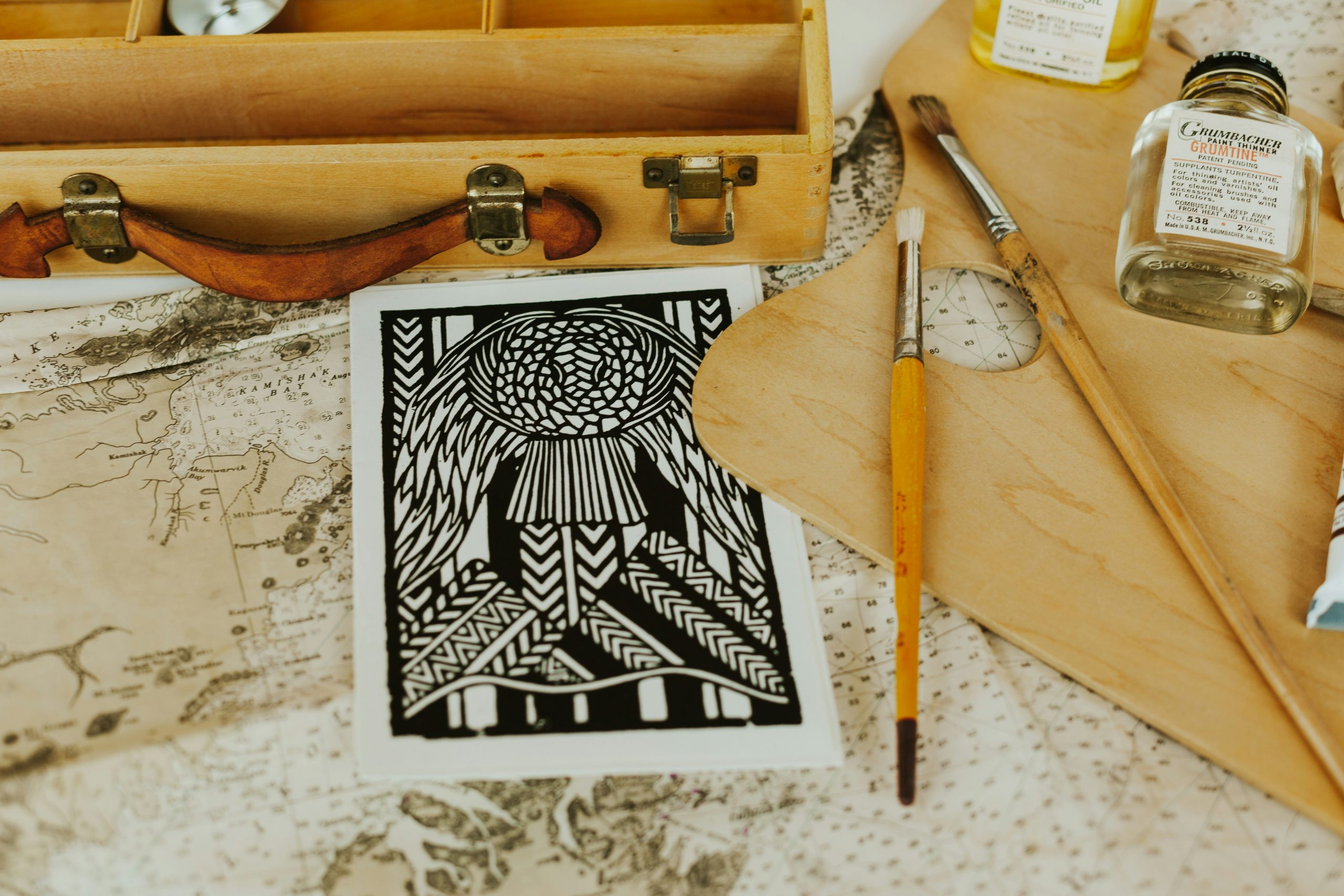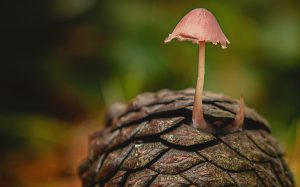Indigenous Weaving Techniques Saving Ancient Crafts
Indigenous weaving techniques have been passed down for generations, preserving ancient crafts that hold a significant cultural and historical value. These techniques not only create beautiful and intricate designs, but also serve as a way to connect indigenous communities to their ancestors and traditions. However, with the rise of industrialization and modernization, many of these techniques are at risk of being lost forever. In this article, we will explore how indigenous weaving techniques are not only saving ancient crafts, but also reviving cultural identities and promoting sustainability.
The Importance of Indigenous Weaving Techniques
Weaving has been an essential part of indigenous cultures around the world for thousands of years. From baskets and clothes to blankets and rugs, indigenous communities have used weaving as a means of survival, expressing their creativity, and preserving their cultural heritage. For many indigenous peoples, weaving is not just a skill, but a way of life that holds deep spiritual and communal significance.
Indigenous weaving techniques are not only a means of creating functional and decorative items, but also a way of storytelling. Each pattern and design is imbued with symbolism and represents a story or tradition that is passed down from generation to generation. These techniques also serve as a way of connecting indigenous communities to their land, as many materials used in weaving are gathered from the natural environment.
The Threat of Cultural Loss
With the rise of globalization and modernization, traditional indigenous weaving techniques have been threatened and in some cases, lost altogether. The introduction of cheap, mass-produced goods has made it difficult for indigenous weavers to compete and sell their products. As a result, many have turned to more sustainable and profitable practices, abandoning their traditional crafts and designs.
In addition, the loss of land and resources due to industrialization and urbanization has also impacted the availability of materials used in weaving. This has not only affected the quality and authenticity of indigenous crafts, but has also disrupted the cultural connection to the land and the spiritual significance of the materials.
Reviving Cultural Identity Through Weaving
Despite these challenges, indigenous communities have been fighting to preserve their ancient weaving techniques, recognizing the importance and value of their cultural heritage. Organizations and initiatives have emerged to support and promote indigenous weavers, providing training and resources to help them sustain their traditions and sell their products in the global market.
Furthermore, the demand for ethically-made and sustainable products has opened up opportunities for indigenous weavers to showcase their unique and traditional crafts. This has not only revived economic opportunities for indigenous communities, but has also revitalized cultural identity and pride.
Promoting Sustainable Practices
Indigenous weaving techniques are not only important for cultural preservation, but also for promoting sustainable practices. Unlike mass-produced goods, indigenous crafts are made using natural and renewable materials, making them environmentally-friendly and sustainable. Additionally, the process of weaving often involves traditional methods of dyeing and preparation, which are more eco-friendly and have a lower carbon footprint.
By supporting indigenous weavers and their traditional techniques, we are also promoting sustainability and preserving the environment for future generations. This creates a more sustainable and ethical cycle of production and consumption, which benefits both the indigenous communities and the planet.
In Conclusion
Indigenous weaving techniques are more than just means of creating beautiful and functional crafts. They hold immense cultural and historical value, connecting indigenous communities to their ancestors and traditions. By supporting indigenous weavers and their traditional techniques, we are not only saving ancient crafts, but also reviving cultural identities, promoting sustainability, and preserving a vital part of our human history.











